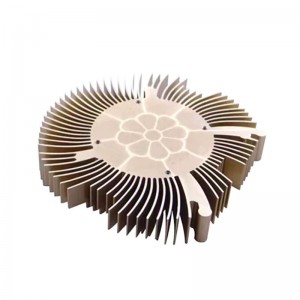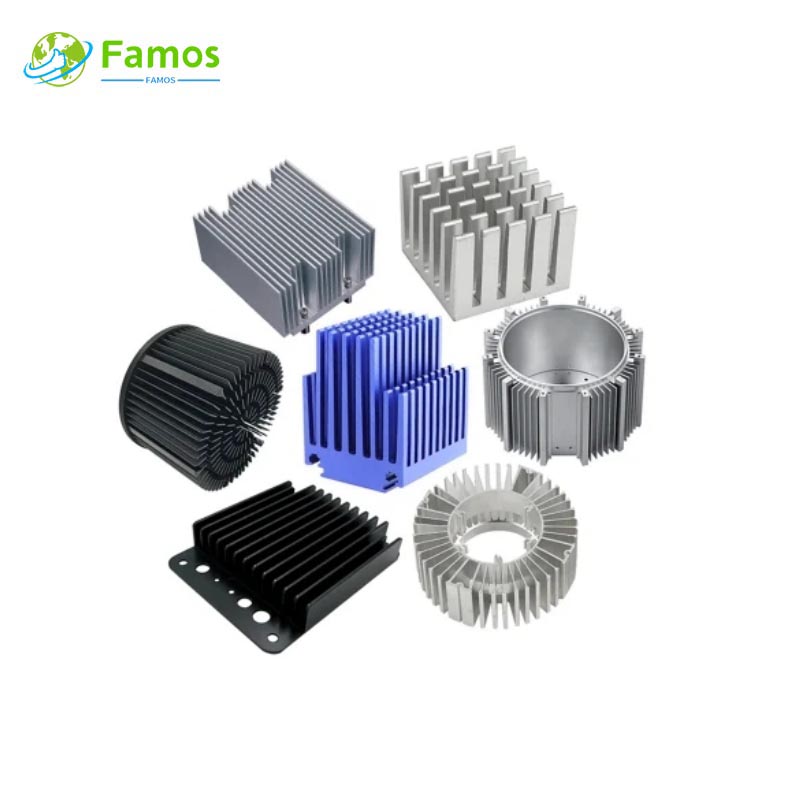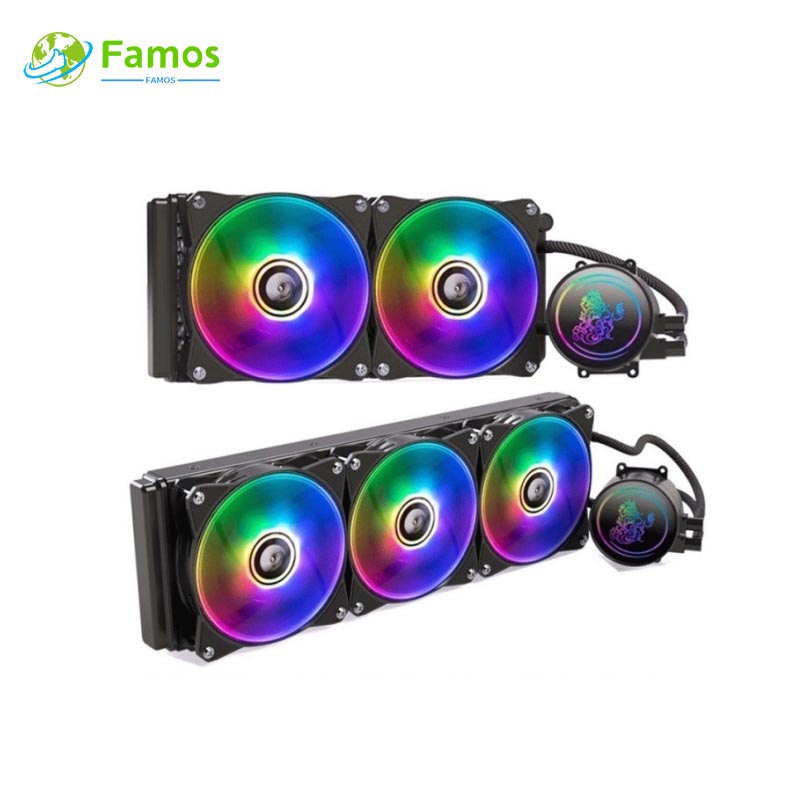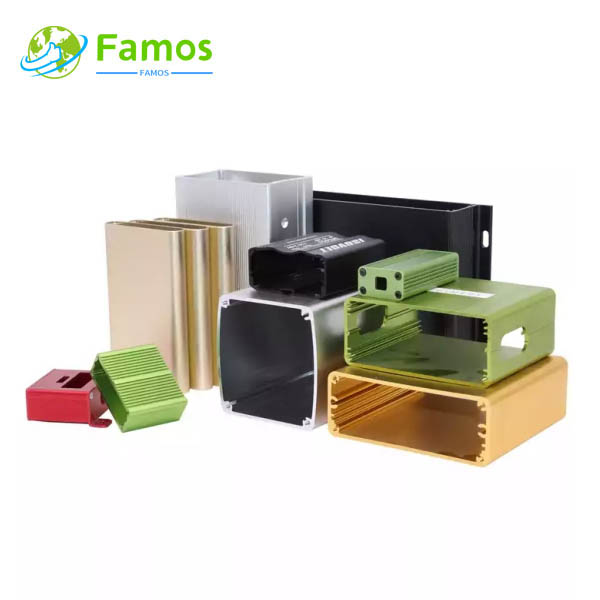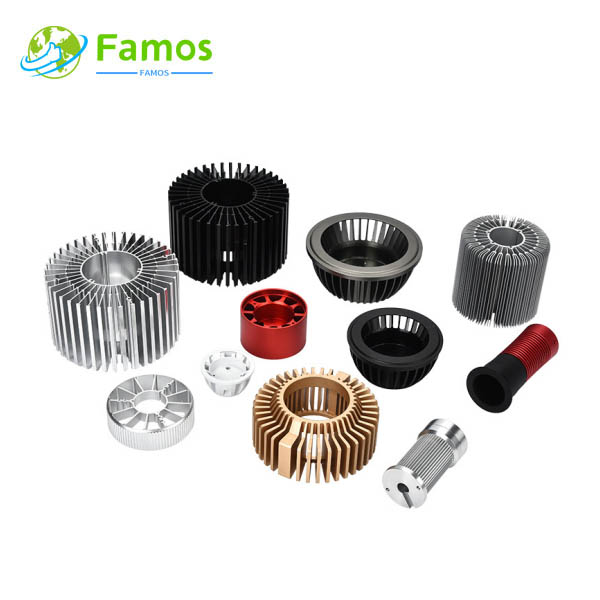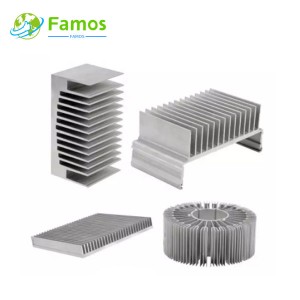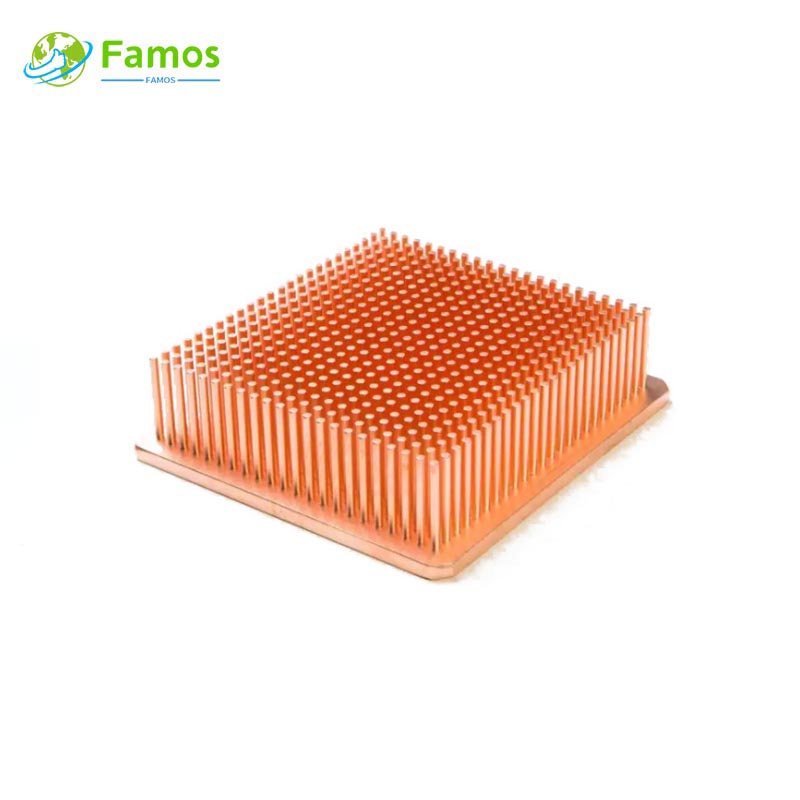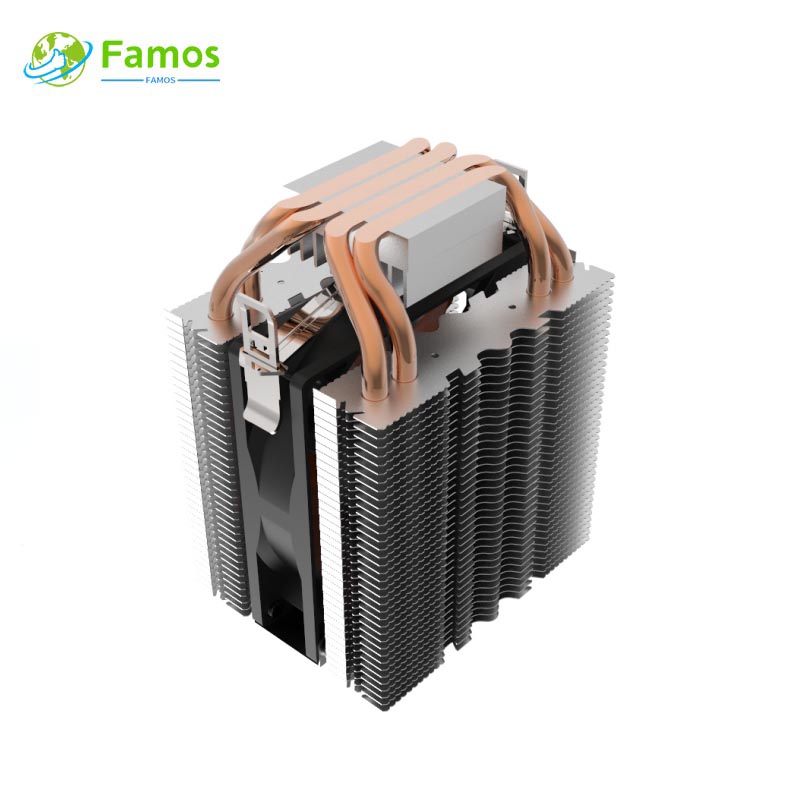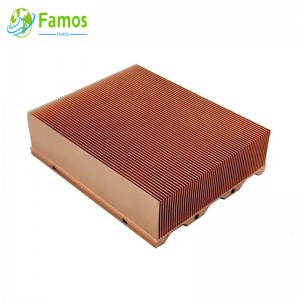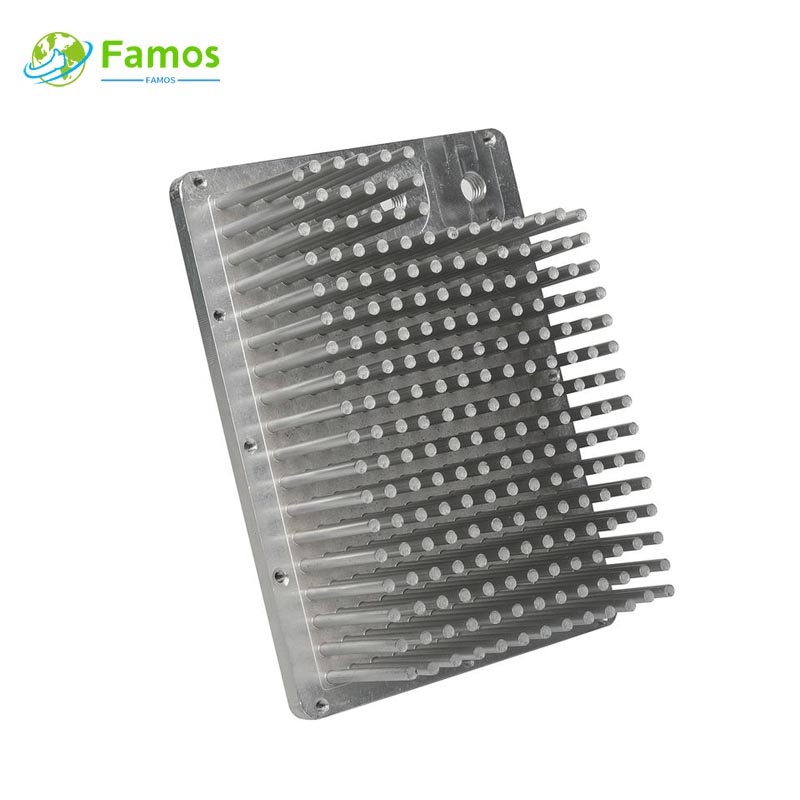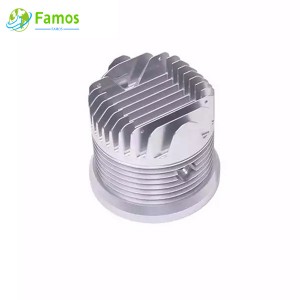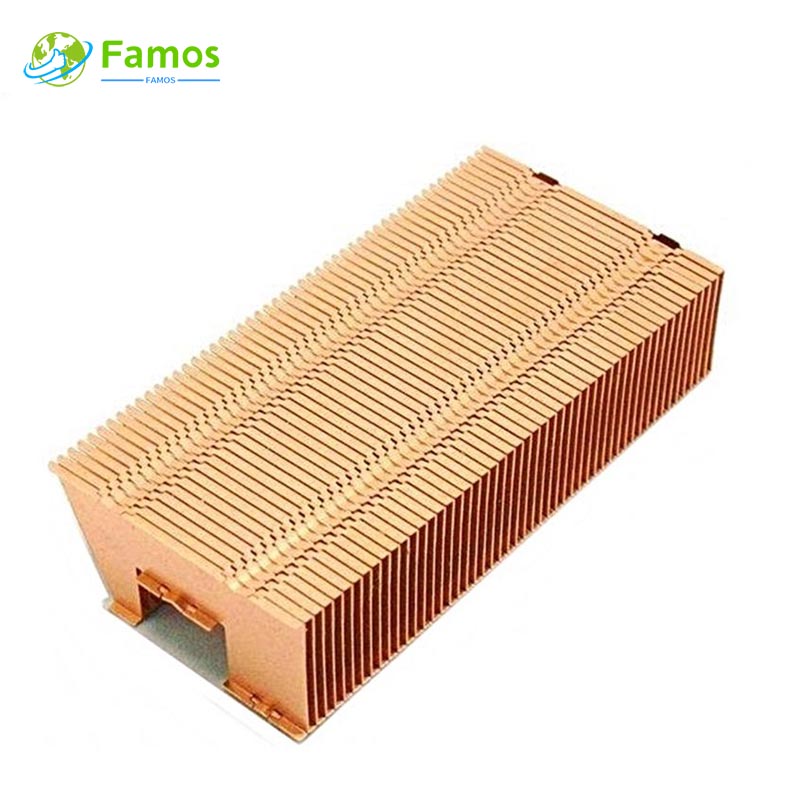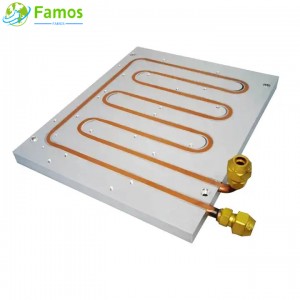When looking for a heat sink to dissipate heat in electronic devices, many people may not be aware of the options available for customization. Luckily, customizing a heat sink is a common process that can be done to fit the specific needs of your device. However, it’s important to understand what customizations are available and what may be necessary for your specific device.
What is a Heat Sink?
A heat sink is a mechanical component that is attached to a device to dissipate heat generated by it. The heat sink is then exposed to the surrounding air to help cool the device. They come in a variety of materials, shapes, and sizes and are often used in electronic devices like computers, televisions, and cell phones.
Customizing a Heat Sink
While mass-produced heat sinks are available, some applications require specific dimensions, materials, or shapes. Customizing a heat sink allows you to create a design tailored to your device’s needs. Common customizations include:
1. Material - Heat sinks come in different materials such as copper, aluminum, and brass. Choosing the right material depends on factors such as conductivity, weight, durability, and cost. If none of the standard materials meet your requirements, then you can have a custom material made to order.
2. Fin Design - Heat sinks use fins to increase surface area for better heat dissipation. Customizing the fin design allows you to optimize heat transfer to match your device’s heat source.
3. Size and Shape - Heat sinks come in various sizes and shapes. You can opt to customize the size and shape to fit your device and still achieve efficient heat dissipation.
4. Manufacturing Process - Depending on your industry, you may have unique requirements such as complying with specific guidelines or regulations. Custom manufacturing processes such as CNC machining can be used to ensure that all guidelines are met and your heat sink meets industry standards.
Why Choose a Customized Heat Sink?
Now that we have covered how heat sinks are customized, we need to talk about why customizing a heat sink is worth the extra time or cost.
1. Better Heat Dissipation - The heat sink customized process allows you to optimize your heat sink to efficiently dissipate heat generated by your device. This ensures that the device can perform optimally without overheating.
2. Greater Power Output - With superior heat dissipation, your device will be able to handle greater power output without any issues. This means your electronic device will perform at its best, resulting in better efficiency.
3. Tailored Design - By customizing the heat sink, you get a design that is tailored to your device. It not only looks great but also fits perfectly, ensuring efficient heat dissipation.
Customizing Your Heat Sink – Define Your Requirements
Before getting started with the customization process, it is essential to define your specific needs. You should consider what your device is used for, what temperatures it can sustain, and what environmental factors it may encounter. For example, a heat sink in an industrial computer that operates in dusty environments might require a special coating to prevent dust buildup and improve heat transfer. Once you have a clear view of what you need, your manufacturer can help you determine what customizations are needed to meet your requirements.
Customized Heat Sinks – Common Manufacturing Processes
Once you have determined what customizations are needed, the manufacturer will employ one of several manufacturing processes to create your custom heat sink. These processes include:
1. CNC Machining - CNC (Computer Numerical Control) machining allows for a precise heat sink design by cutting it from a block of metal using a computer-controlled machine. This process allows for very tight tolerances and intricate, detailed designs. If your device has very specific, complex shapes, then CNC machining is the ideal customization choice.
2. Extrusion - Extrusion is a manufacturing process that pushes hot metal through a die to create a final product. It is an ideal process if you need to produce many identical heat sinks. This method is advantageous as it can produce a heat sink with a great length-to-width ratio.
3. Forging - Forging is a process for shaping metals into heat sinks by applying pressure to the metal. It is best for creating heat sinks with thick heatsinks and fewer fins. This process is cost-effective and suitable for high-volume production.
4. Die Casting - Die casting uses molds to produce heat sinks with complex shapes at relatively low costs. This process results in improved heat dissipation due to the thin walls of the heat sink.
5. Skiving- Skived fin heat sink is manufactured by high precision skiving machine with accurately controlled sharp blade, it cut thin piece of specified thickness from a whole piece of metal profile (AL6063 or copper C1100),then bend the thin piece metal vertically to form the heat sink fins.
6. Stamping- Stamping process is place the selected material on the mold and use a stamping machine for stamping processing. During the processing, the required shape and structure of the heat sink are manufactured through molds.
Conclusion
Customizing a heat sink is a common process that can be performed to fit specific device needs. This offers several advantages, including efficient heat dissipation, greater power output, as well as a tailored design. Before customizing your heat sink, it is essential to define your specific requirements to ensure your heat sink meets your device’s specifications. With CNC machining, extrusion, forging, die casting, skiving, and stamping,you can choose the best manufacturing process for your device’s specific requirements. So if you need to improve your electronic device’s performance, consider customizing your heat sink for optimal cooling.
If You Are in Business, You May Like
Types of Heat Sink
In order to meet different heat dissipation requirements, our factory can produce different type heat sinks with many different process, such as below:
Post time: Jun-13-2023

